Incident Media Photographs
Could not determine your location.
Summit Lake
Unit Information
Agency Name: U.S. Forest Service

Agency Name: U.S. Forest Service

Incident Contacts
Photographs Gallery
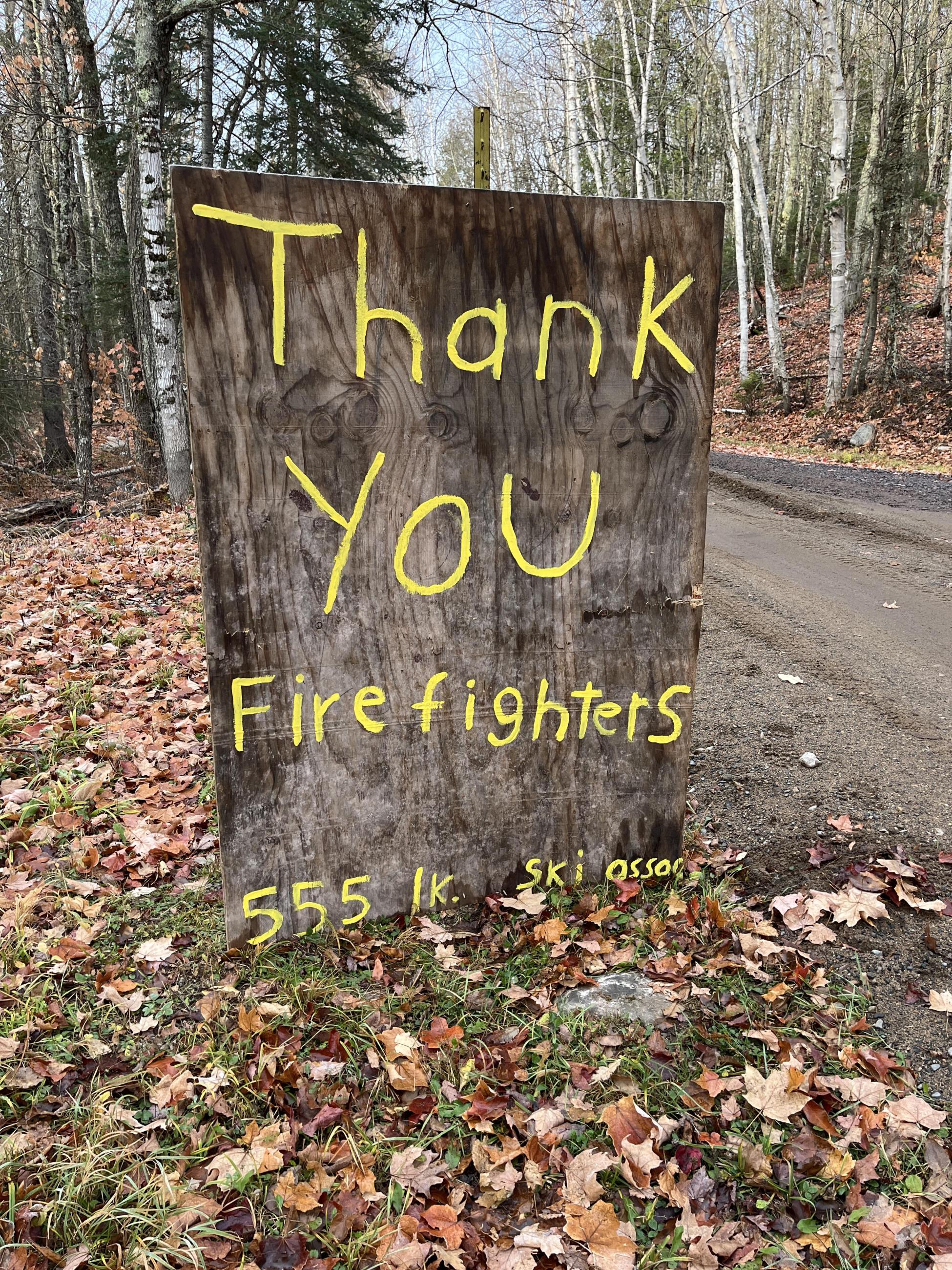
This sign greeted firefighters everyday as they entered and departed our staging area for the Summit Lake Fire. The Michigan Interagency Type III Incident Management Team would like to say "and, thank you, right back at you!" Without the support of private landowners in the vicinity of the fire we would not have been nearly as successful. Private landowners provided us access through their lands and even arranged to provide a staging and briefing area in proximity to the fire. We also want to give a shoutout to the staff and leadership of the Ottawa National Forest for supporting our efforts. Ottawa National Forest staff were essential to our on the ground efforts to gain containment on the fire.
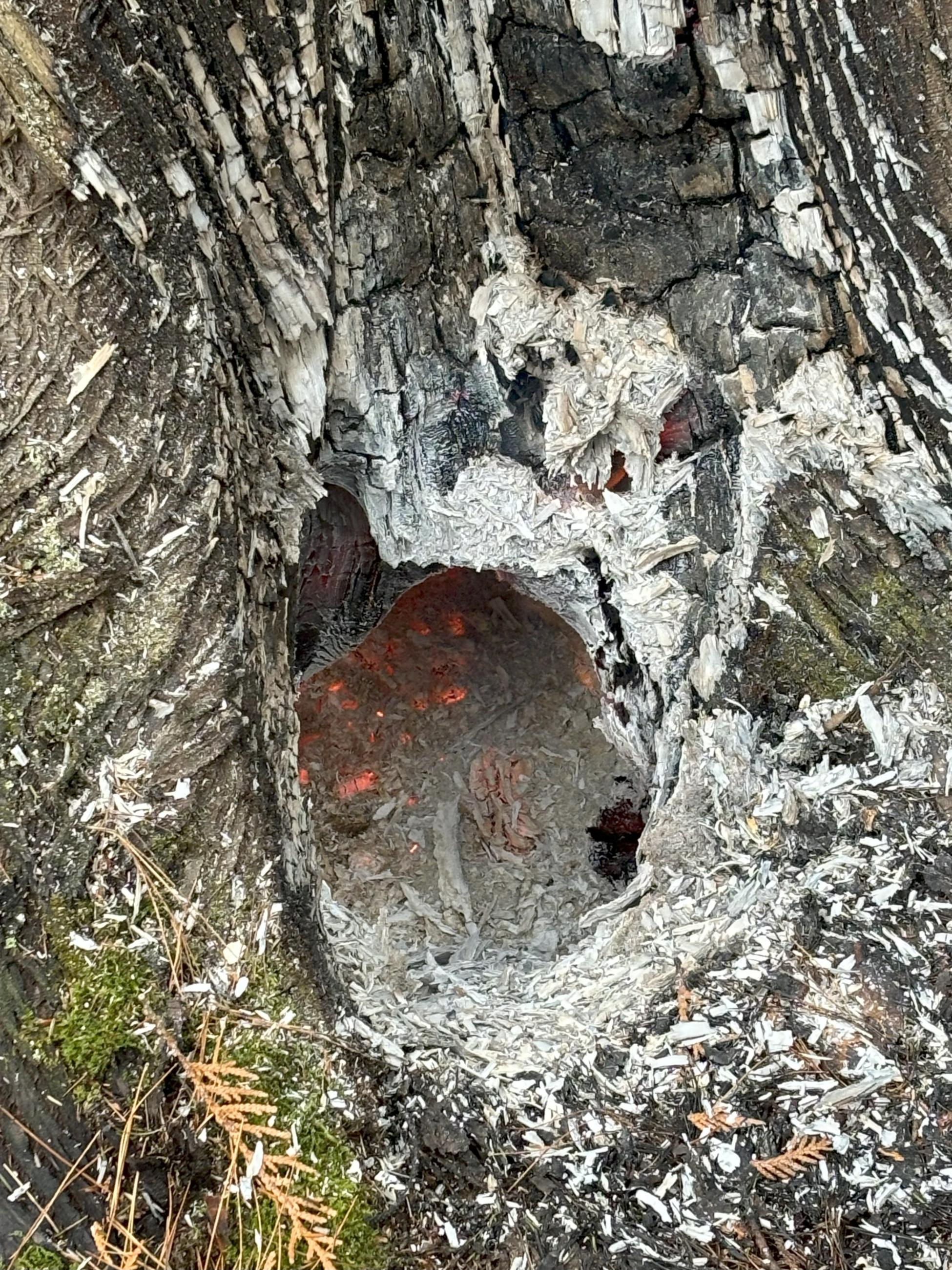
Trees that have an exposed cavity at their base will often carry fire into the interior of the tree, and if the tree is hollow, will carry fire upward into the crown of the tree. Trees burning in this sort of chimney fashion pose a risk of spreading fire to the canopy of a forest. Using chainsaws, firefighters will often drop these trees to the forest floor to allow them to extinguish fire within these trees. Because these trees are a distinct safety hazard, and may contribute to fire spread, firefighters have authorization to use saws in a wilderness area under these circumstances.
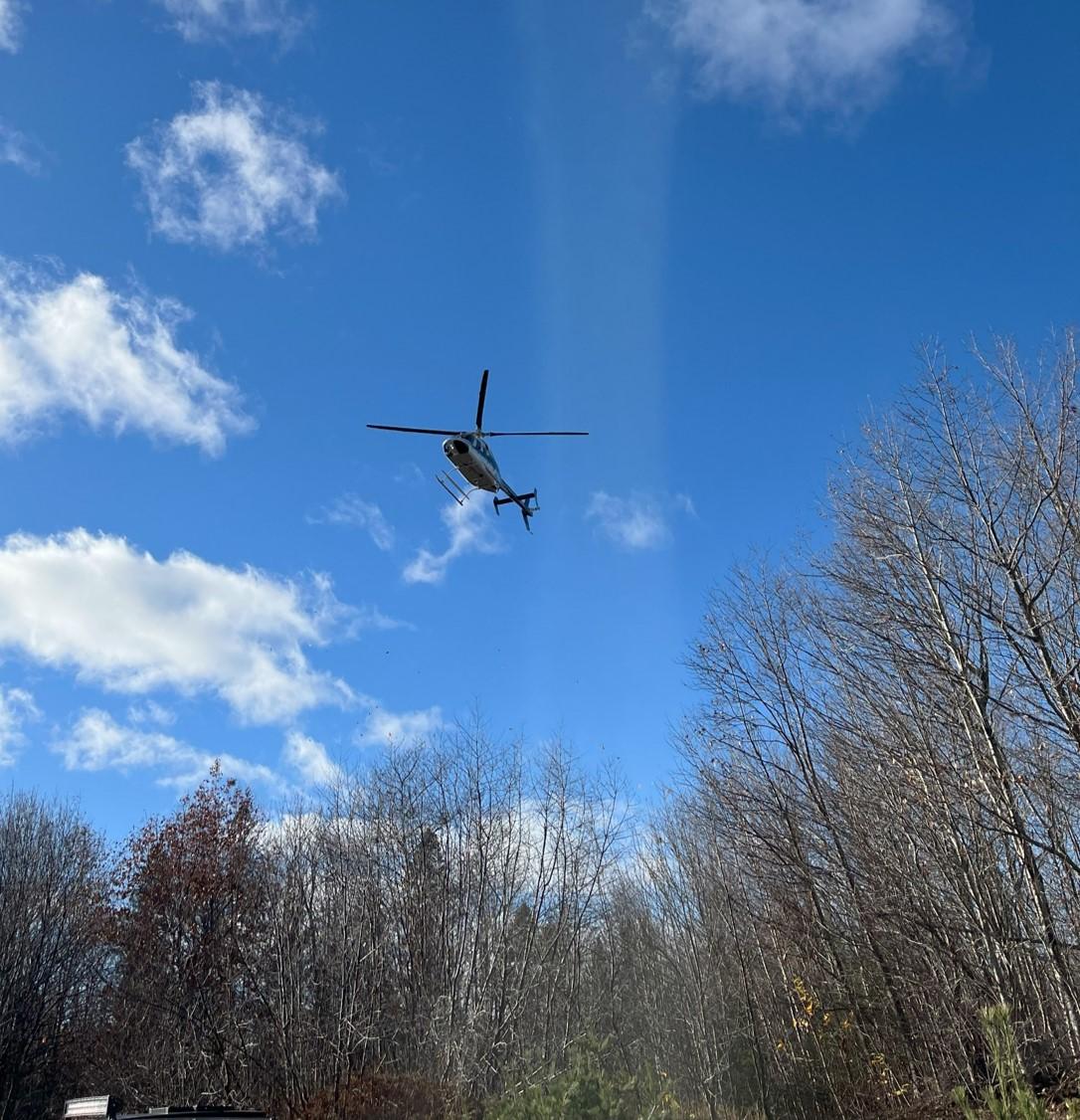
Helicopters, like other apparatus on a fire are 'typed' to indicate their capabilities. This Type III helicopter is now assigned to the Summit Lake Fire and will be used for reconnaissance, mapping, and to deliver water drops as needed. The largest helicopters used in fire aviation, such as the Chinook or SkyCrane, are referred to as Type I helicopters. Regardless of type, their role is to support the men and women on the ground, delivering water to moderate fire behavior, so that the hard, but critically important, work of line construction can be completed.
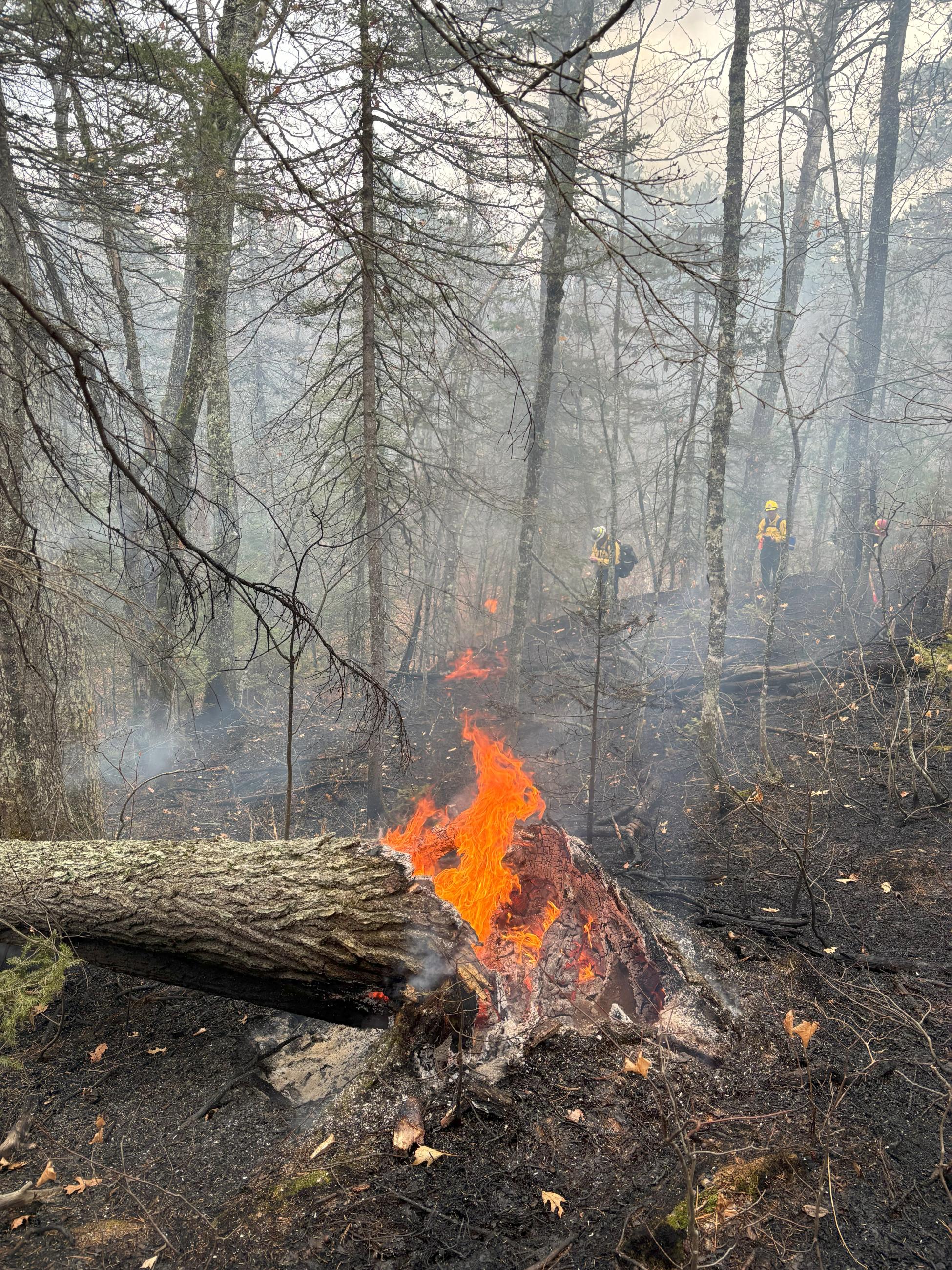
In this case, fire entered the base of this tree, weakening it to the point that it toppled. Trees weakened like this may at times remain standing after the fire has passed, and may only fall with the additional force of a wind event. Trees such as this pose a serious hazard to the public. Consequently, after a fire has been contained, in recreational areas, there is a significant effort to identify these trees that occur within recreation sites so as to mitigate the risk to the recreating public.
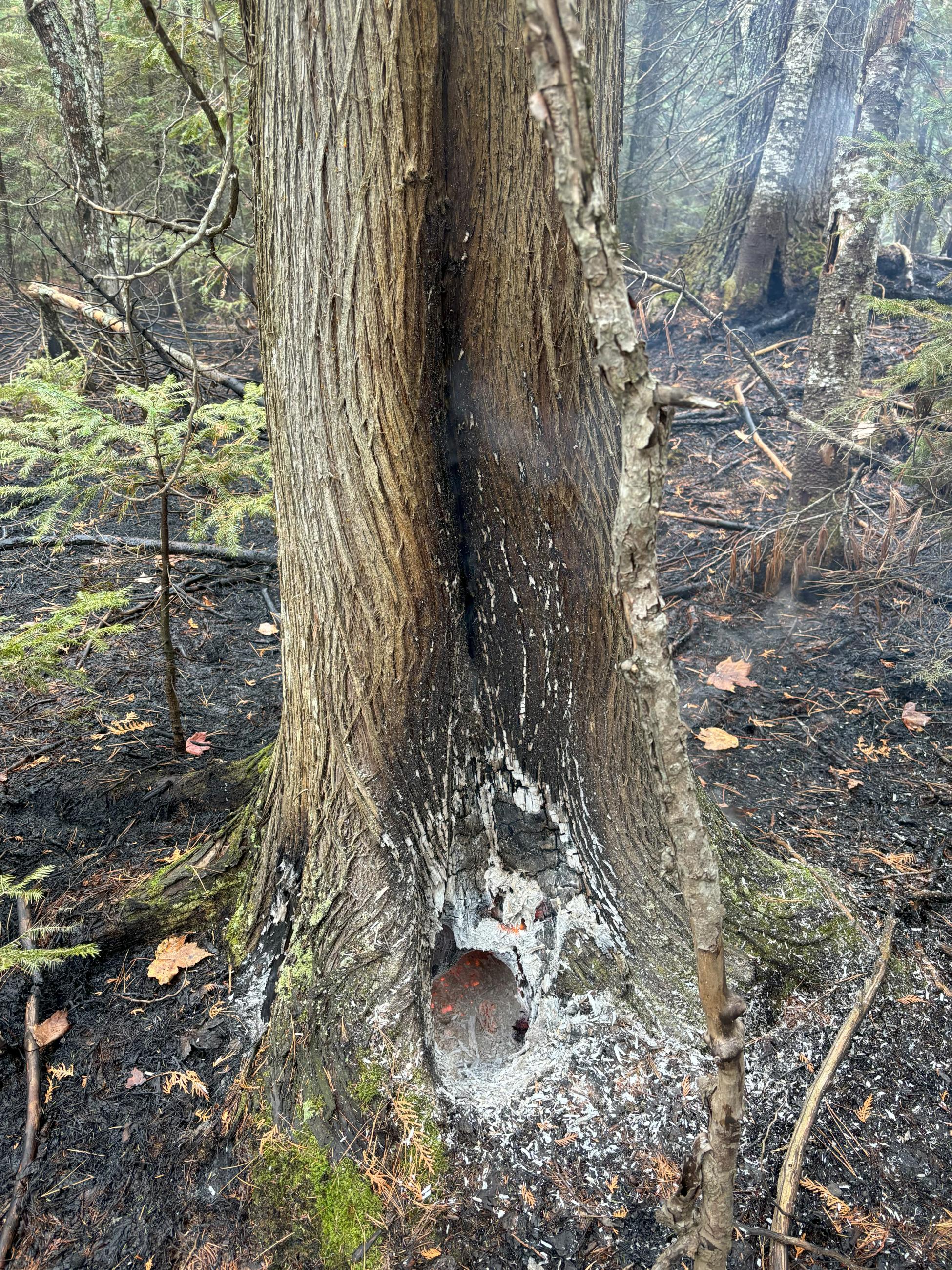
A substantial danger to firefighters and the public, hollow trees or standing dead trees may be weakened by fire burning at the base of the tree or by fire that finds its way into the tree and burns its way upward within the tree. Because the Summit Lake Fire is burning in a wilderness area, there are numerous standing snags that firefighters must be aware of as they work. Typically, a crew member may work ahead of their crew, identifying and flagging these trees to minimize risk. The recent closure order in the vicinity of the Summit Lake Fire is intended to reduce risk to the public that may encounter weakened trees as well as other hazards associated with the fire.
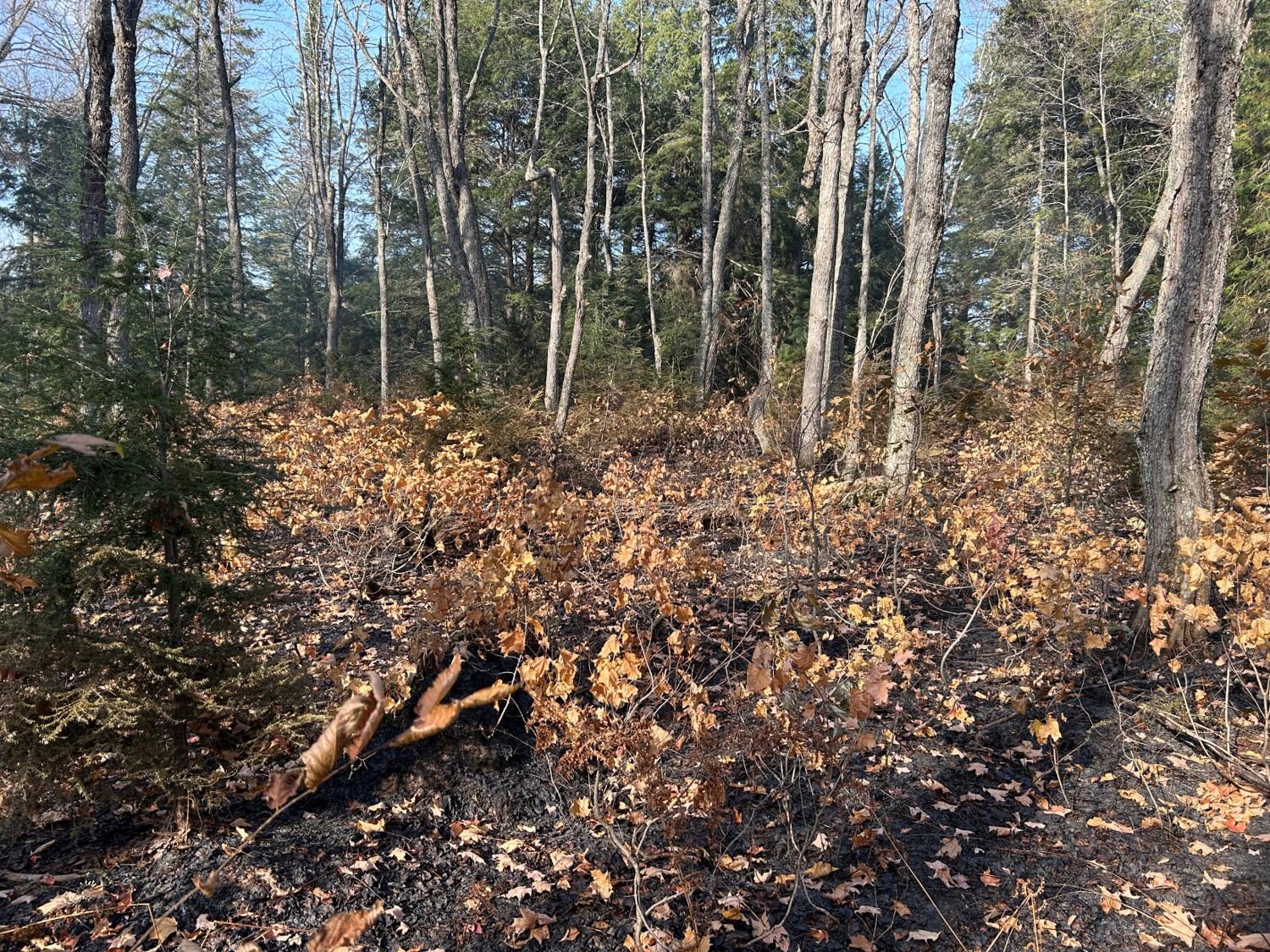
This image depicts a good example of typical fire behavior within the interior of the Summit Lake Fire. Fire is dominated by creeping fire that consumes primarily duff and the litter layer.
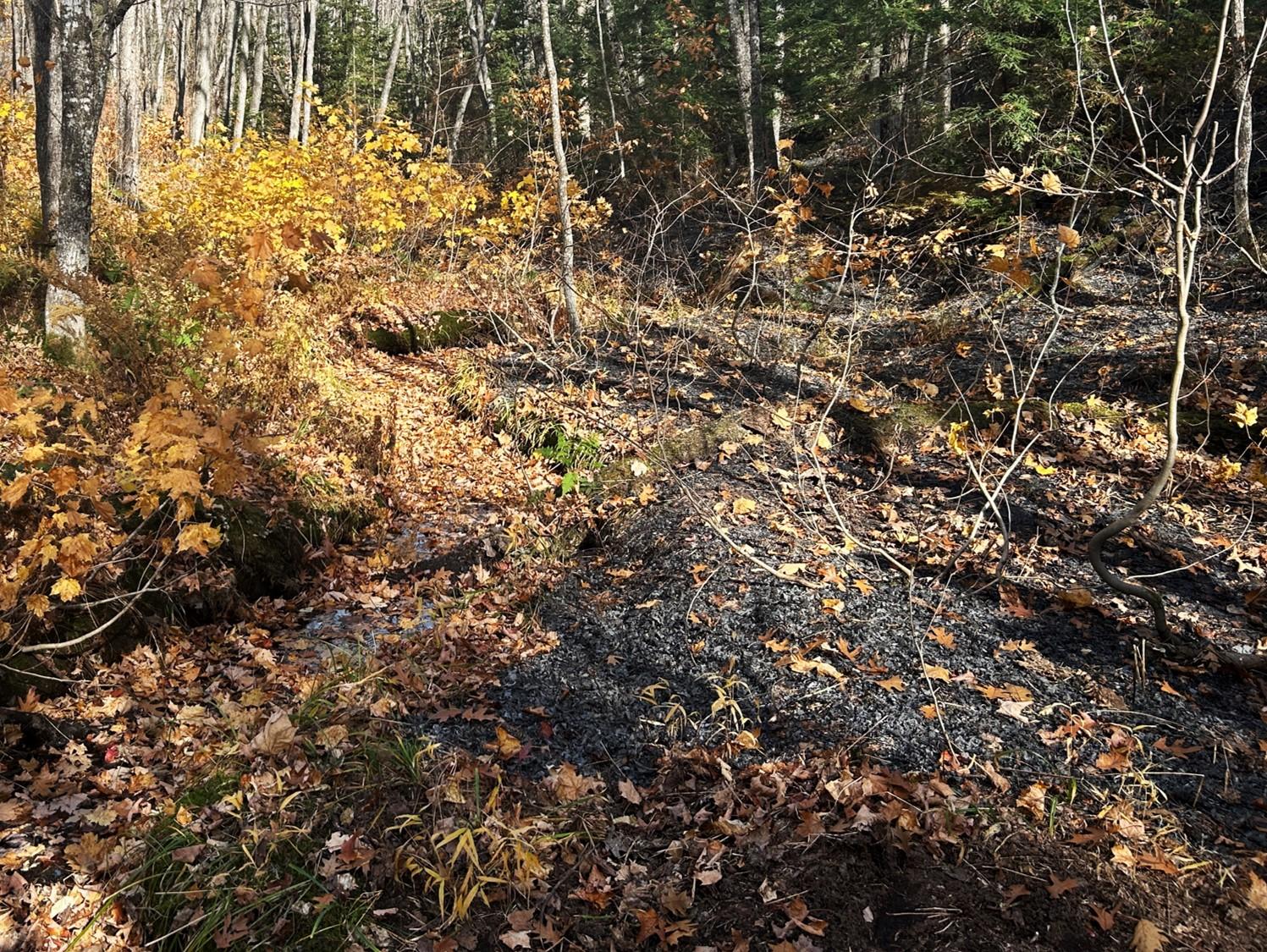
This image depicts a good example of the typical fire behavior that has been observed on the Summit Lake Fire. Fire is dominated by creeping that consumes primarily the leaf litter, producing patchy burned and unburned areas. Where large down and dead woody material occurs on the forest floor, this material may slowly burn, retaining heat until the material is completely consumed.
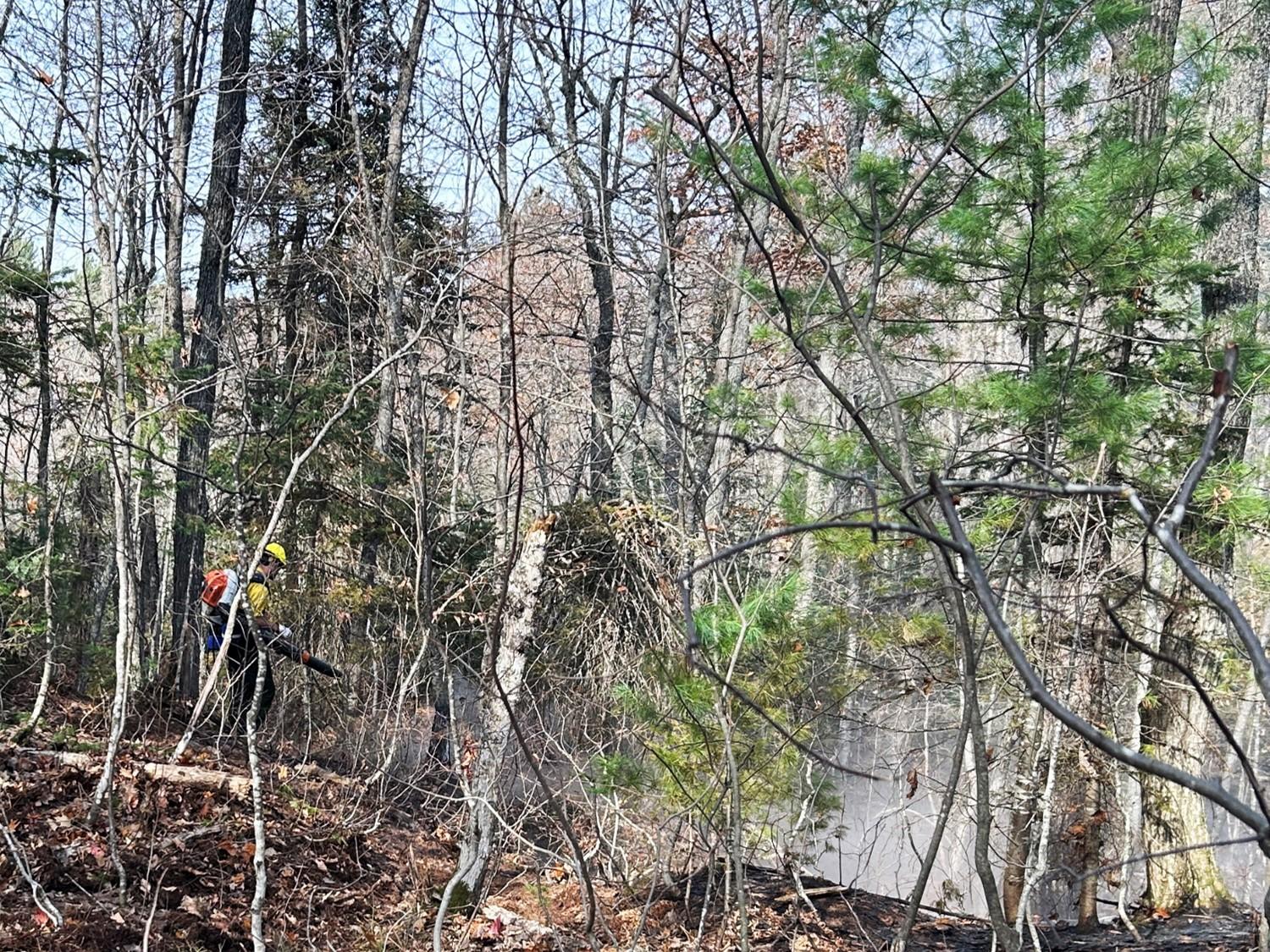
One of the most effective tools for constructing fireline in leaf litter is the large backpack blower. This tool removes leaf litter while producing very little in terms of soil disturbance. In a wilderness area, where minimizing effects to resources is emphasized, this allows us to construct firelines while minimizing the impact of fire suppression.

 InciWeb
InciWeb